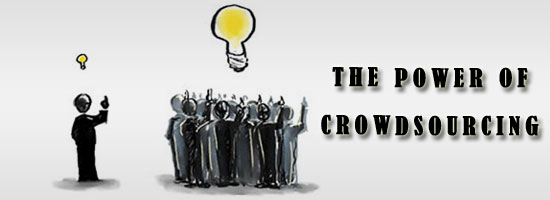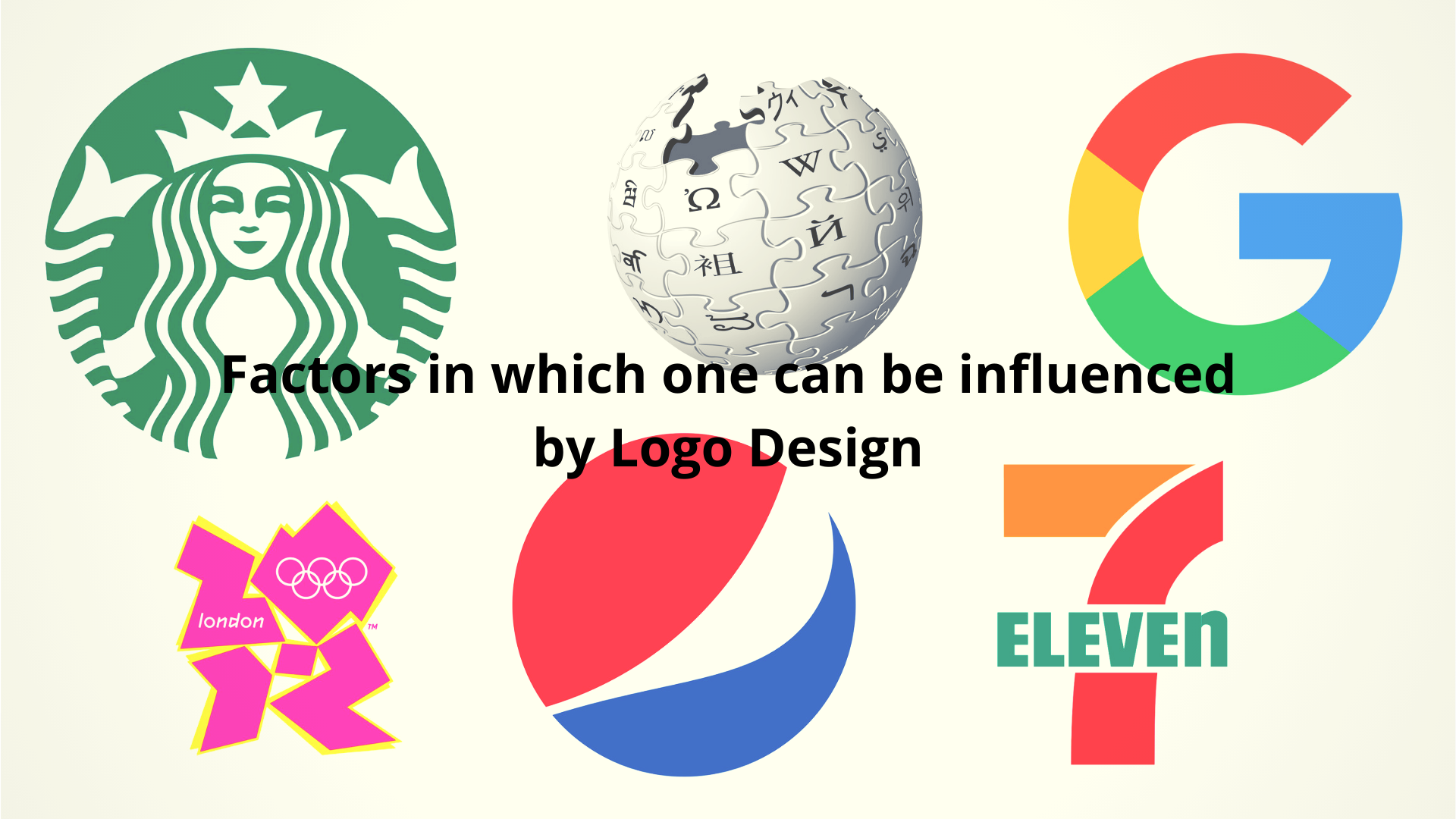For those of you who are unaware of the concept of Crowdsourcing, let me start off by giving a brief history. Crowdsourcing initially began when the term was invented by Jeff Howe in 2006. It is built around the concept of starting an online project where clients can pool in the resources of a group of creative people. This innovative idea gained immense popularity and was implemented by the design industry as well. The earliest site to launch an online design contest was 99designs. Soon after, the trend skyrocketed as more sites like MycroBurst, CrowdSPRING and LogoTournament emerged.

How Crowdsourcing Is Different From Outsourcing:
There is a general misconception in the market as people tend to confuse crowdsourcing with outsourcing. Even though crowdsourcing is an offspring of the outsourcing concept, it is not the same. Several variations separate both these to concepts from ones another. Let us discuss them at length:
- First of all, crowdsourcing distinguishes itself from outsourcing on the basis of number. In a traditional outsourcing process, there is only one solution to the issue, while in the case of crowdsourcing a crowd of people combine to work on a single problem.
- Crowdsourcing is extremely cheaper than outsourcing. This is because, if you do a cost-benefit analysis, you will discover that crowdsourcing yields multiple ideas and solutions for the price of one.
- In an outsourcing project, you simply delegate the responsibility to the third party and have less or no control over it. While in crowdsourcing, you are the sole administrator of the project and supervise the entire venture.
The crowdsourcing idea was recognized all over the community, but when it was introduced in the design industry, it was regarded as questionable. A certain quadrant of the designer community is adverse of this strategy and considers it discouraging for the market. While on the other hand, most individuals accept this as a cheap and affordable solution to design needs. Let us observe the upsides and downsides of crowdsourcing.
Upsides of Crowdsourcing:
- Crowdsourcing provides new and young designers the possibilities to expose their designing skills.
- It acts as an equal-opportunity platform so that designers of all levels can have an opportunity to earn.
- Through crowdsourcing, clients can find great and subversive talent that is present in the industry.
- Crowdsourcing allows small companies to meet their design needs in a cost-effective and expedient approach.
- With thousand creative professionals on a single platform, you can get acquainted with many well-known and skilled designers.
- By doing competitions, you have the opportunity to build long-term customers who will opt you later on tasks too.
Downsides of Crowdsourcing:
- Crowdsourcing can be a little biased since there is usually one designer who wins the prize money while the rest are left misused.
- Every now and then, design concepts emerge on crowdsourcing sites that are of poor-quality. But this happens only on websites with no quality assessment criteria.
- Designers may feel distressed since the winner is decided by a sole client who may be prejudiced.
- Some designers argue that design contest devalue the pricing of other companies operating in the design industry.
- Some crowdsourcing websites also don’t manage breach of copyright. Consequently there are more possibilities that a ripped-off design is presented.
Having read the merits and demerits of crowdsourcing, do you think that it is beneficial for the designers and clients in providing low-cost solutions? Or do you believe that a monopoly of design companies should rule the industry with their excessive rates?
Henry James is a designer and blogger who runs a blog on Logo Design Contest Reviews. On his blog, you can check out reviews on contest sites like 99designs review and many more.












Add Comment